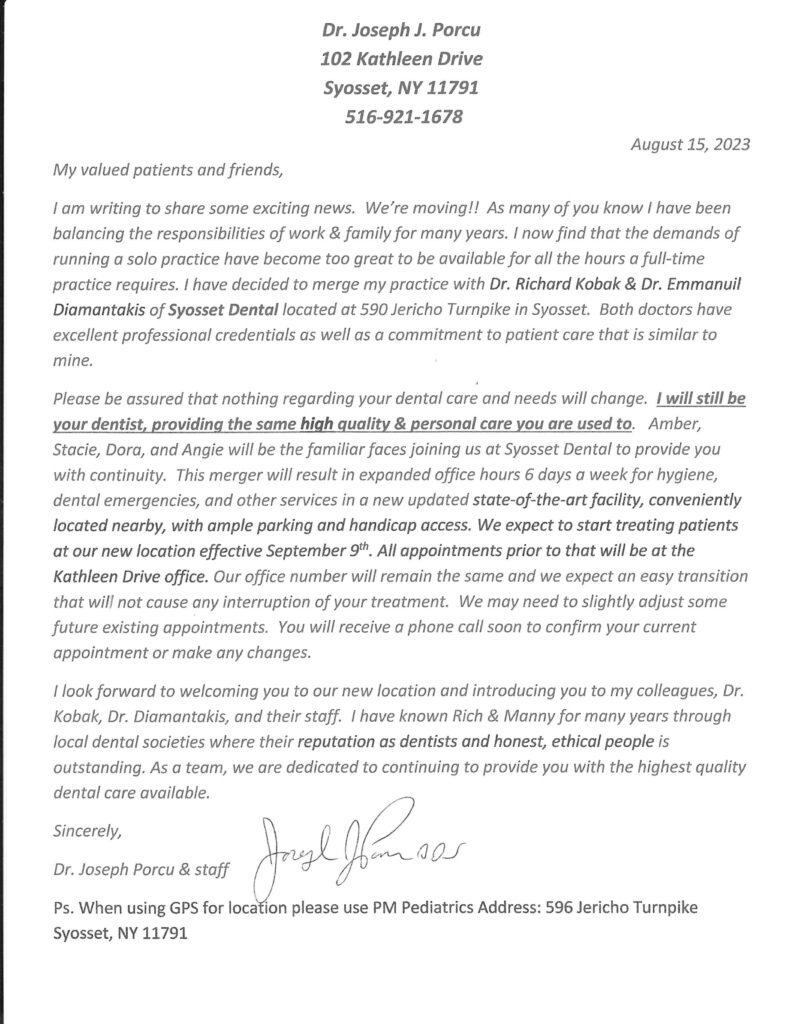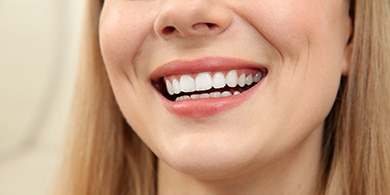 The most effective way to let gum disease have its way with your smile is to sit back and do nothing. Left to their own devices, the oral bacteria that make up plaque and tartar will simply multiply until their numbers are great enough to infect your gums and periodontal tissues. Fortunately, preventing gum disease is almost as simple as allowing it to progress. Even if it does develop, you can still have a chance of stopping it from becoming too severe and threatening the rest of your oral health.
The most effective way to let gum disease have its way with your smile is to sit back and do nothing. Left to their own devices, the oral bacteria that make up plaque and tartar will simply multiply until their numbers are great enough to infect your gums and periodontal tissues. Fortunately, preventing gum disease is almost as simple as allowing it to progress. Even if it does develop, you can still have a chance of stopping it from becoming too severe and threatening the rest of your oral health.
Did You Know…?
Gum disease is preventable, but only for a limited time.
While gum disease is preventable, it’s only so for a limited time – mainly, while it’s still in its earliest stage of gingivitis. The irritation caused by excessive oral bacteria (i.e., the swollen, red, and bleeding gums of gingivitis) can sometimes be reversed if treated early enough. However, once gingivitis matures into gum disease, it can longer be reversed, but will have to be controlled through routine dental maintenance.
Gum disease prevention is an ongoing process.
Before gingivitis develops, you can largely prevent gum issues by maintaining a strict routine of excellent hygiene. This includes flossing, which is the only way to remove harmful plaque and food particles from between your teeth. Checkups and cleanings allow your hygienist to remove bacteria-rich plaque and tartar from your teeth and around your gum line, as well. Also, the visits allow your dentist to thoroughly check for signs of gingivitis that may already be appearing.
If you let gum disease progress, you might risk losing a tooth.
For patients with severe gum disease, the risk of tooth loss is significantly higher than for those who don’t. In fact, gum disease is the leading cause of adult tooth loss, and does its damage by eroding the gums and jawbone that support the roots of your teeth. If gum disease prevention fails and you hesitate to seek treatment, then you may lose a tooth or need to have one extracted by the time you do visit your dentist.











